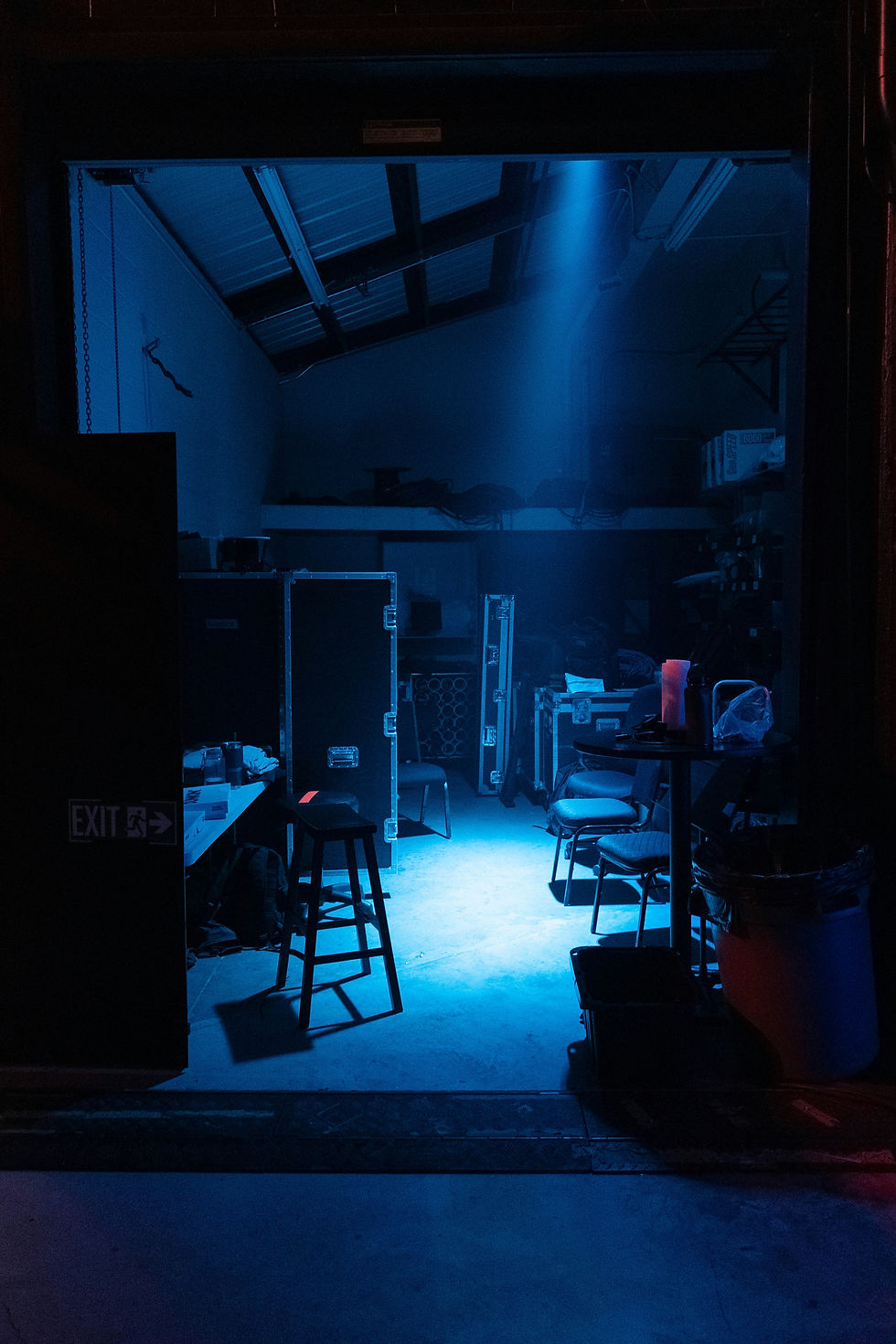Title: You Don't Rise to the Occasion. You Fall to Your Training.
- Prince Williams
- Jun 19
- 2 min read
We’ve all heard the stories of heroes who rise to the occasion in a moment of crisis. It’s a compelling narrative, but in my 20 years of training elite athletes and high-performing leaders, I’ve learned it’s a dangerous myth.
Under pressure, you don’t magically rise. You fall to the level of your most ingrained training. In those critical moments, when the stakes are highest, there is no time for conscious thought. There is only time for reaction,
a reaction dictated by the patterns you’ve built, the systems you’ve honed, and the presence you’ve mastered long before the crisis ever hit.
This is the fundamental difference between leaders who break under pressure and those who break through. Here’s how to ensure you're in the latter group.
1. Reframe Pressure: It's a Signal, Not a Threat
The first mistake most leaders make is treating pressure as the enemy. They see it as a problem to be avoided or eliminated. But elite leaders understand a simple truth: pressure is just a signal that something important is on the line [03:32].
Instead of asking, "How do I get rid of this pressure?" they ask, "What is this pressure preparing me for?" [04:30]. This simple shift in perspective is an act of alchemy. It transforms the corrosive energy of distress into the focused power of preparation. It turns chaos into a catalyst for clarity.
2. Lead Your Body First, Then the Room
In a high-stakes environment, your title doesn't matter. Your authority doesn’t come from your position on an org chart; it comes from your ability to command your own nervous system. Before you can lead a team, you must first lead your body [06:56].
When faced with chaos, the primal brain wants to lock into survival mode. The counterintuitive secret, learned by elite military units, is to move toward the pressure to prevent this cognitive lockdown [05:57]. For the modern leader, this doesn’t mean running into gunfire. It means taking control of your physiology with simple, powerful tools like controlled breathing.
A 4-second inhale and a 6-second exhale can instantly down-regulate your nervous system, pulling your brain out of fight-or-flight and into a state of clear, intentional focus [07:21]. Remember: stillness isn’t weakness, it’s mastery [08:18].
3. Build Systems for Resilience, Not Just Mindsets
Finally, sustained high performance is not about relentless hustle. It's about building systems that allow you to regulate, reflect, and reset [11:26].
A leader’s energy sets the tone for the entire team. Calm is contagious, but so is chaos [10:46]. When you are grounded, you give your team the psychological safety to perform at their best. When you are frantic, you sow seeds of doubt and hesitation.
True resilience isn't a mindset you simply adopt. It's a system you build, incorporating strategic recovery and intentional resets so you can show up with clarity, day after day.
The choice is yours. Will you be a victim of circumstance, or will you be the architect of your response? Choose clarity over chaos.

_edited_e.png)





Comments